Why water tomatoes with yeast and how to properly prepare a solution?
The main task of gardeners when growing tomatoes is to get a high yield of delicious vegetables. Watering tomatoes with yeast is one of the original ways to achieve this goal.
Why do tomatoes need yeast?
Yeast is a high protein single celled mushroom. This is a natural product, which contains many useful micro and macro elements, vitamins, amino acids and various minerals.
Yeast is used as a fertilizer for a large group of cultivated plants. In addition to tomatoes, such feeding will be appreciated by carrots, potatoes, radishes, peppers and cucumbers. When watering tomatoes with yeast, beneficial microorganisms enter the soil. As a result of chemical reactions, the composition of the soil changes, it is saturated with oxygen and useful substances.
Tomato bushes respond positively to this type of fertilizer:
- increased resistance of seedlings to diseases and unfavorable growing conditions, for example, to sudden changes in temperature;
- plant immunity improves;
- seedlings stretch less with a lack of sunlight;
- the root system increases its growth, becomes stronger and more branched;
- tomatoes actively build up their vegetative mass;
- on strong bushes with a powerful stem, more ovary and fruits appear.
Tomatoes are poured with yeast both in the open field and in greenhouses. The difference in the appearance of the tomatoes can be easily noticed if part of the seedlings is watered with plain water, and part - yeast feeding... Within a couple of days after watering the plants with this fertilizer, the leaves become more shiny, the vegetables increase their growth rates.
They used such dressings back in the seventies of the last century, but over time they were replaced by synthetic means for complex fertilizers. Fertilizing tomatoes with yeast is an opportunity to introduce organic farming into the farm. In such feeding there are no toxic substances that get to our table when using chemicals. We get an environmentally friendly and healthy product.
Thanks to yeast, organic substances decompose faster in the soil, and the soil microflora improves. This is a fairly economical and very effective way to improve the yield of tomatoes. It is easy to make a healthy mixture for plants at home, and the result of this additional nutrition exceeds expectations.
How to make a yeast feed?
For the preparation of the healing fertilizer, both dry and "live" yeast are used. There are several main types of such feeding.
- Standard solution.
Dissolve a 10-gram packet of dry yeast in 10 liters of water, add a spoonful of sugar, mix and let it brew. Before use, the mixture is diluted with water (5 parts of water are taken for 1 part of the fertilizer).
- Fertilizer with nettles.
Some gardeners add to the solution chicken droppings, wood ash or grass. Yeast solution in combination with ash and nettle solution is considered an especially effective remedy. In 3 liters of warm settled water, 10 g of dry yeast and 100 g of sugar are kneaded. Separately, you need to prepare an infusion of nettle. After a week of fermentation, combine the yeast mixture with nettle infusion in equal proportions, add about 150 g of wood ash. Water at the rate of half a liter of the mixture per plant.
- Fertilizer combination.
In 10 liters of water add a 10-gram bag of dry yeast, 5 tablespoons of sugar and 0.5 liters of chicken manure and wood ash. The mixture is infused, diluted with water 1:10 before use.Such a solution will help replenish the potassium reserves that are lost during yeast fermentation.
- A mixture based on "live" yeast.
To make the solution, take five liters of water. The liquid must be warm to start the process of activating living microorganisms. It is bred with a kilogram of compressed yeast. The mixture infused during the day is diluted with water in a ratio of 1:10 and irrigated.
- A solution for activating fermentation in compost heaps.
To do this, 1 kg of "live" yeast is diluted in a bucket of warm water together with "Fitosporin". After a couple of days, organic waste is poured with a solution with signs of fermentation. This mixture is prepared several times a season, and the resulting humus is fertilized with tomato bushes.
Advice
The amount of mixture for watering one tomato bush is changed depending on the age of the seedlings. For young plants, 0.5 liters of finished fertilizer is enough, adult specimens will need at least 2 liters of solution.
How to make a natural starter culture?
As a raw material for yeast feeding, summer residents use various products with yeast, for example, flour products or beer. Such a replacement is not always advisable, it is much cheaper to use ready-made recipes based on yeast in dry or pressed form. However, if you wish, you can make your own natural yeast by making a leaven from wheat grains, bread, or hop cones.
- Fertilizer from black rye bread.
Place the remnants of rye bread in a bucket and cover completely with water. The mixture is kept warm for about a week. Before watering, dilute with water in a 1: 3 ratio.
- Wheat leaven.
Soak a glass of wheat. After a day, the grains are ground. Pour two tablespoons of flour and sugar into the resulting porridge. The mixture is boiled for about 20 minutes over low heat. Before use, the leaven is kept warm for a day so that the mass ferments.
- Hop infusion.
Both dry and fresh hop cones are suitable for cooking. A glass of the product is boiled for an hour, allowed to cool and filtered. Add two tablespoons of sugar to 4 tablespoons of flour. Insist two days warm. Then it is mixed with two boiled potatoes, and is kept for a day before use.
- Mixed starter culture.
In a ten-liter bucket of warm water, combine a pack of yeast with a glass of ash. Bread crusts, sour milk, remnants of old unnecessary jam are added to the mixture so that the warm liquid completely covers the products. The mass is left to ferment in a warm place for a week. The mixture is stirred a couple of times a day, after seven days, the natural sourdough is used to water the tomatoes.
When to use yeast feeding?
Spring and early summer are the most favorable periods for fertilizing tomatoes in this way.
The first watering of tomatoes with yeast is carried out 1-2 weeks after the young seedlings have taken root. During flowering and formation of the ovary, fertilize a second time.
Advice
It is not recommended to use yeast feeding more than three times per season. The protein base of such fertilizer can cause a large number of parasites to appear in the soil. Yeast absorbs a large amount of potassium and calcium from the soil, therefore it is recommended to combine such feeding with the introduction of wood ash into the soil.
For the effectiveness of watering tomatoes with yeast, you need to follow simple rules.
- Before applying yeast fertilization, the soil is irrigated with settled water and loosened. The soil should be moderately moist, not dry or wet.
- You cannot fertilize with a cold solution, it should be at room temperature.
- Moisturizing with yeast dressing is carried out from the end of May. The ground should be well warmed up during watering. At the beginning of spring, the soil is quite cold, active fermentation will not occur in such soil, the effectiveness of the procedure will significantly decrease.
- Fertilizer is applied at the root. Avoid getting the mixture on the ground part of the tomato bushes.
- Yeast dressings can be used for weakened and sick tomatoes.
- Watering is not carried out during hot lunch hours. The best time is evening after sunset.
- Yeast fertilizers should not be overexposed; they should be watered with a freshly prepared solution.
Yeast is an excellent natural tomato growth stimulant. With proper and timely use, tomatoes will definitely be thanked for feeding with a good harvest.
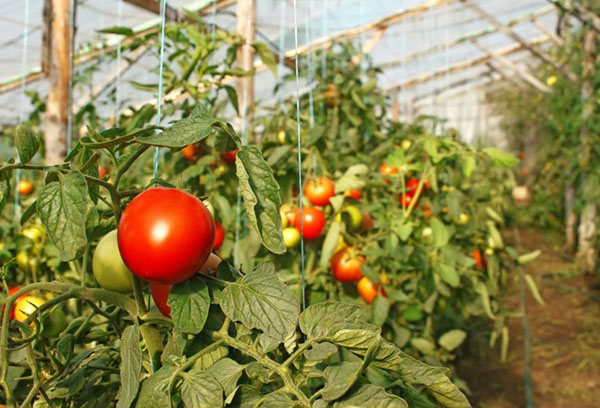
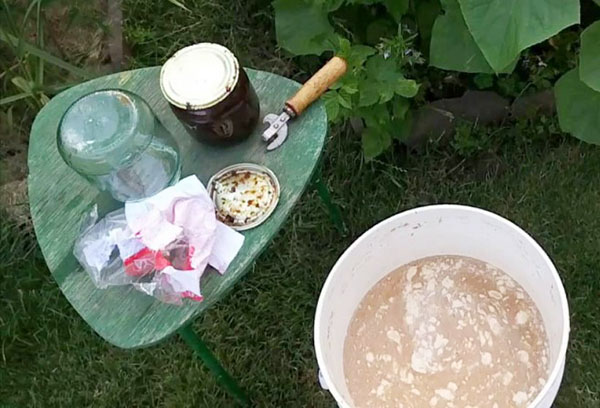
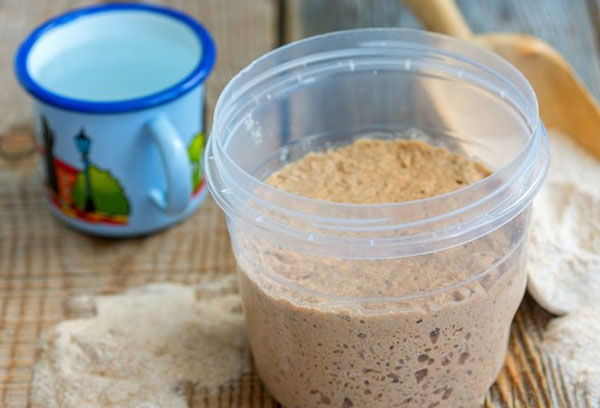

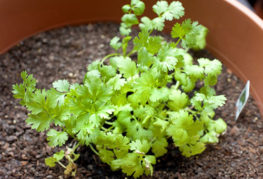
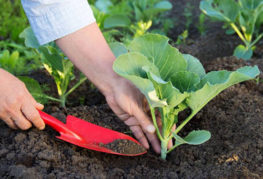
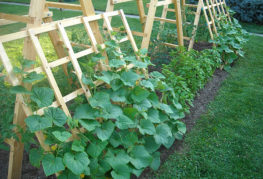

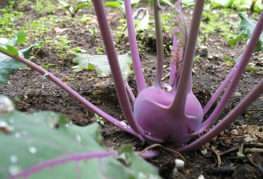
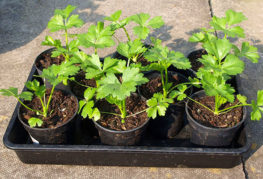
Good day! I was very interested in your article on feeding tomatoes with yeast. And if there is no ash and get it, there is practically no possibility. What can replace it? I also heard that Fitosporin-M can be added to yeast feeding. but I don’t know how many. Can you please tell me if Fitosporin can be added to this top dressing and in what quantity? And can you do without wood ash? Thank.
I would like to know that too